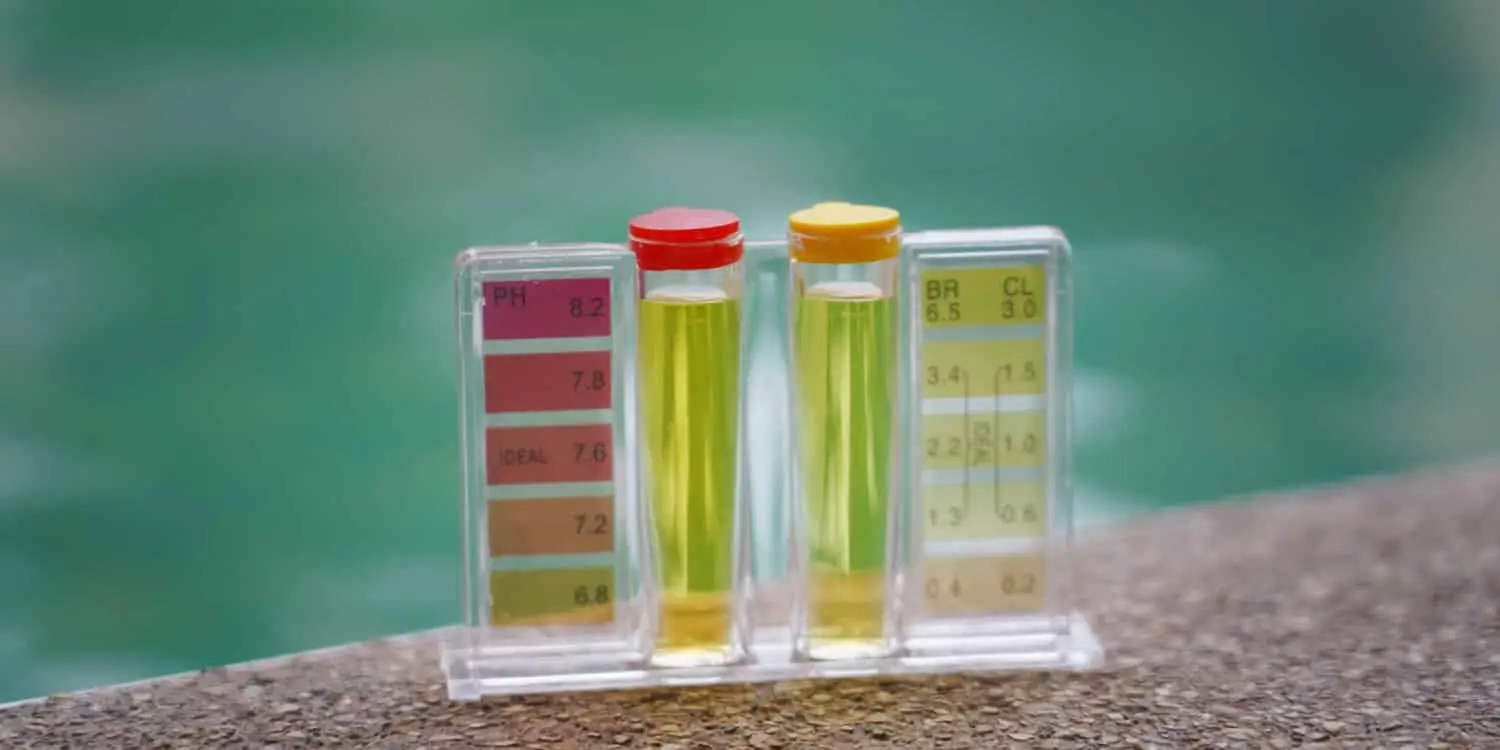Being a pool owner in a sunny state like Arizona has countless benefits, but it does come with a few drawbacks as well. Algae growth is one of the most common problems of pool upkeep. Luckily, it is fairly easy to prevent or clean before it gets out of control.
Types of Algae That Can Grow in Pools
Algae is an aquatic organism that energizes itself through light. It reproduces rapidly, turning into a big nuisance.
There are three main types of algae that can grow in your swimming pool:
-
- Green is the most common type of algae found in pools, but also the least dangerous. It can range from a light yellow color to a dark shade of green. This type can either float or cling to the pool walls.
- Mustard algae, also known as brown or yellow algae, is a rare type most often found in locations with high humidity levels. It looks like pollen or sand floating near the surface of the water. It is also resistant to chlorine.
- Black algae is the hardest type to get rid of. It hides in the crevices of your pool, including the walls and floor.
What Causes Algae Growth?
Algae spores (their cells made from reproduction) are found in soil and plants, and can easily blow into your pool. It also can be introduced into the water through swimwear that was worn in the ocean.
Once algae spores are inside your pool, they can begin to multiply if the conditions are right. These conditions include the level of chlorine, a poor filtration system, and water circulation problems.
How to Deal With Algae Growth
A healthy pool is a happy pool. Along with algae comes other dangerous bacteria like E. coli. It is not recommended to swim in a pool with these organisms in it.
Prevention
Regular maintenance is the best way to keep algae out of your pool.
You can do this in a variety of ways:
-
-
- Test the water regularly. This is the first step in preventing algae growth in your pool. It can be done through test strips, a liquid test kit, or digitally. Your free chlorine level should be somewhere between 1-4 parts per million (ppm).
- Administer a shock treatment weekly. Shock treatment involves adding a large amount of chlorine and other chemicals to the water at once. This will eliminate algae spores before they reproduce. It can also kill algae that have already formed.
Cleaning
No matter how much you try to prevent it, sometimes algae can grow in your pool anyway. In these cases, a good cleaning can get it back to normal.
-
-
- Manually vacuum your pool. Start by vacuuming up the large debris. Doing this manually will bypass your filter system, keeping contaminated water from circulating back into your pool.
- Brush pool surfaces. Scrubbing the walls and floor of your pool will help the chlorine reach the crevices where algae may be hiding. A stiff pool brush and some elbow grease will do the trick.
- Clean the pool filters. After a shock treatment, make sure to soak your filter rather than rinse it to get rid of the contaminants. Check the filtration system often to make sure it is working properly.
Build Your Dream Pool
Now that you know what it takes to keep your pool clean and free of algae, Pools by Design can help you make your dream pool a reality. We guide our clients through the education, design, and construction processes. We can even help you with care and maintenance.
Take the first step by contacting us today.


